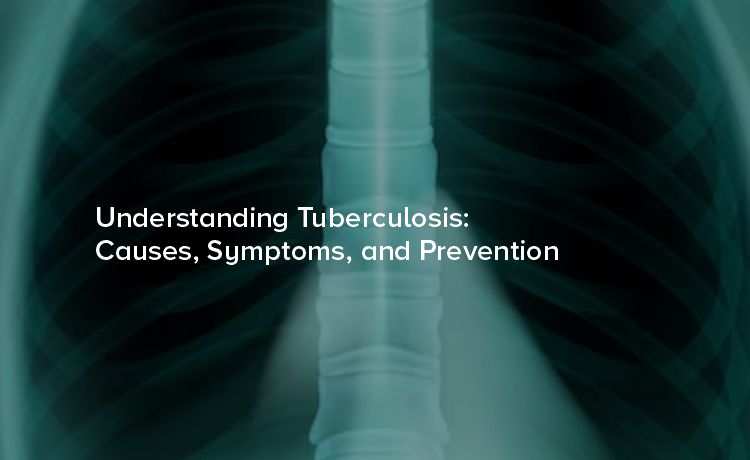
Tuberculosis (TB) has long been a persistent public health challenge, affecting millions of people worldwide. Despite ongoing medical advancements, TB remains one of the top 10 causes of death globally, with over 1.6 million lives lost to the disease each year. But how much do we actually know about this infectious disease?
Tuberculosis is a bacterial infection caused by Mycobacterium tuberculosis. While it primarily affects the lungs, it can also impact other parts of the body, such as the bones, kidneys, and brain. TB can be classified into two types:
TB spreads through the air, making it a highly contagious disease when left unchecked. However, it’s important to note that not all exposures lead to infection.
The root cause of TB is the bacterium Mycobacterium tuberculosis. But how does it spread? Here are some common causes:
TB spreads through respiratory droplets released when an infected person:
If you inhale these droplets, there's a chance the bacteria may settle in your lungs.
A robust immune system can often prevent the active growth of TB bacteria. However, individuals with weakened immune systems are at greater risk of developing active TB. Key factors include:
Certain environments elevate the risk of TB transmission, such as:
Frequent proximity to someone with active TB, particularly in poorly ventilated spaces, heightens the risk of infection.
Understanding these causes helps highlight how TB proliferates and where prevention efforts need to be concentrated.
Early detection of TB is critical to prevent its spread and ensure effective treatment. Symptoms can vary based on whether the infection is latent or active.
Symptoms of Active Pulmonary TB (TB in the Lungs):
Symptoms of Extrapulmonary TB (TB in Other Parts of the Body):
If TB affects areas other than the lungs, symptoms might include:
If you or someone you know experiences these symptoms, it’s important to seek medical advice promptly.
Accurate and timely diagnosis is the first step in combating TB. Medical professionals typically use a combination of the following methods:
Early diagnosis allows for timely intervention, reducing the risk of further complications or transmission.
Prevention is always better than cure. While TB remains challenging to eradicate entirely, these strategies can significantly reduce its transmission and impact.
The Bacillus Calmette-Guérin (BCG) vaccine is one of the most effective tools available. Administered mainly to children in countries with high TB prevalence, it protects against severe forms of tuberculosis, such as TB meningitis.
Encourage individuals with active TB to:
Overcrowded spaces are breeding grounds for airborne diseases. Ensuring better ventilation, reducing overcrowding, and increasing access to healthcare in high-risk areas can make a significant difference.
Screen at-risk populations regularly to catch TB early. Treating latent TB in high-risk individuals can prevent it from progressing to the active stage.
Maintain strong immunity through:
Tuberculosis may be a serious condition, but knowledge is power. By understanding its causes, recognising the symptoms, and taking proactive prevention measures, we can collectively reduce the toll this disease takes on our global community.